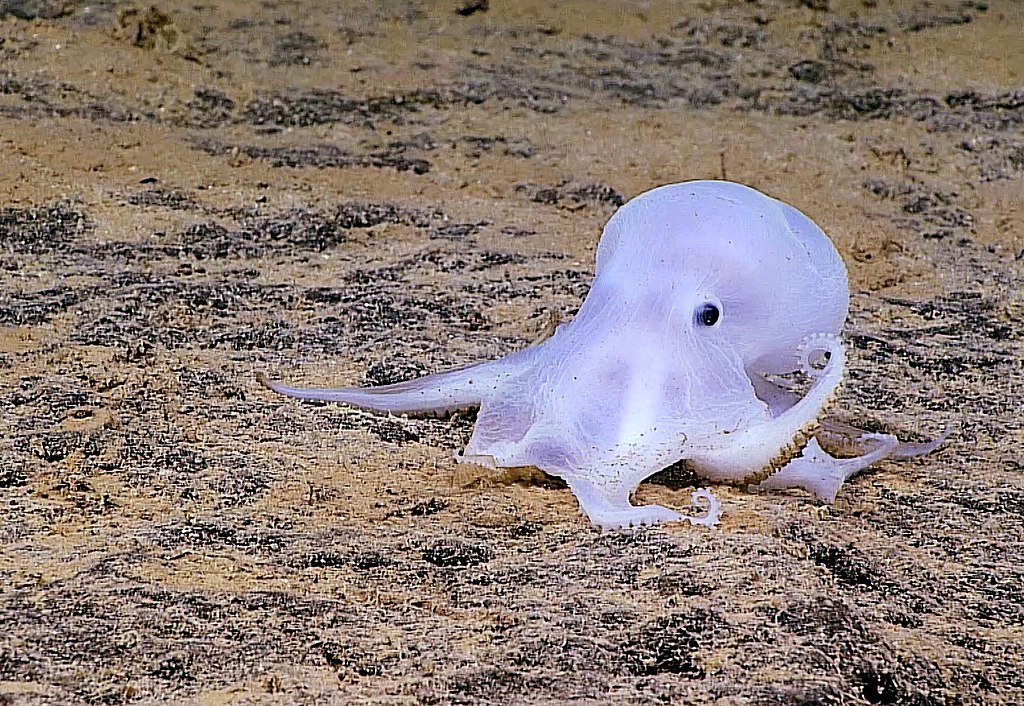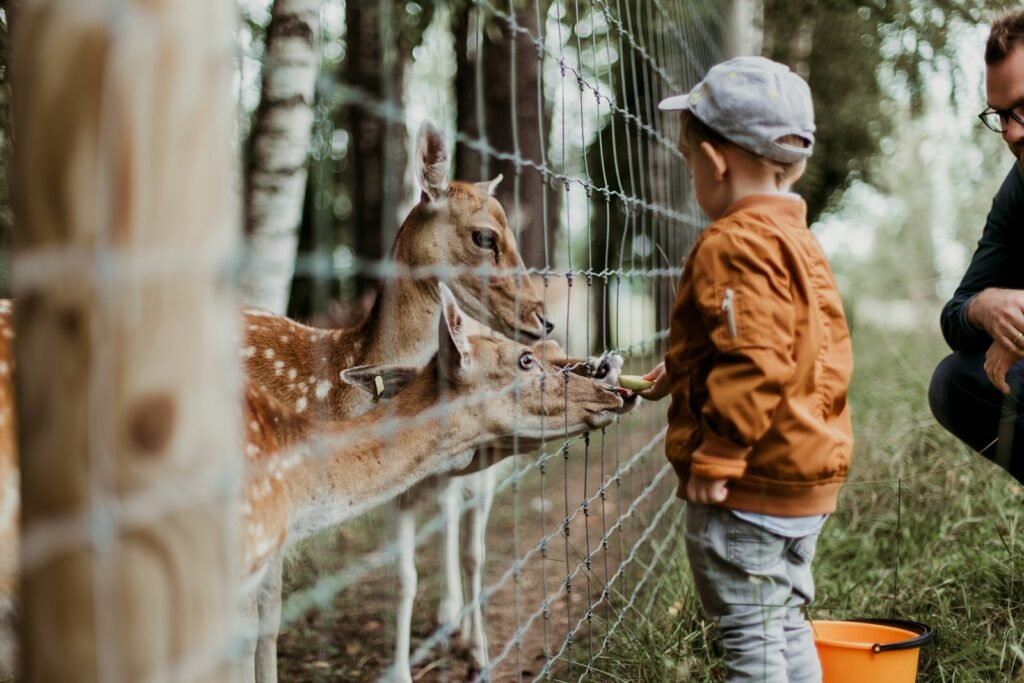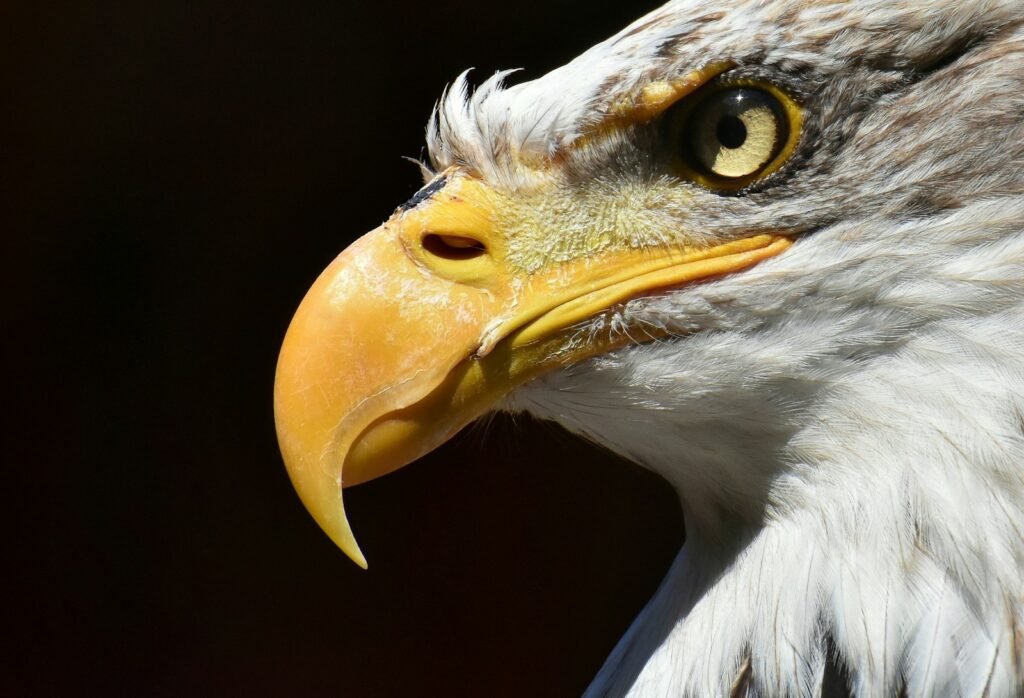Understanding the intelligence of animals is a pursuit that captivates scientists and pet owners alike. Animals, much like humans, exhibit complex behaviors that reveal their ability to think, feel, and solve problems. Studying these aspects provides fascinating insights into the cognitive abilities across species—ranging from your household pets to the most exotic creatures in the wild. Delving into memory, problem-solving skills, and emotional intelligence in animals not only enhances our appreciation of them but also challenges us to redefine our concepts of intelligence itself.
Memory in Animals

Memory serves as the foundation of intelligence, enabling animals to recall past experiences and apply them to new situations. Birds, for instance, demonstrate remarkable memory in their migratory patterns, retaining knowledge about routes and destinations over vast distances. Similarly, elephants are known for their extraordinary memory, which plays a crucial role in their social structures and survival strategies. These examples showcase how memory influences an animal’s ability to adapt and thrive in its environment.
Problem-Solving Abilities

Problem-solving is another facet of animal intelligence that is both intriguing and varied. Primates, particularly chimpanzees, have displayed the ability to use tools to access food, demonstrating an understanding of cause and effect. Crows, known for problem-solving prowess, can solve complex puzzles without direct training. These skills highlight how animals use cognitive processes to overcome challenges, reflecting their capacity for logical thinking.
Emotional Intelligence

Emotional intelligence in animals is a relatively new field of study, yet it provides powerful insights into the emotional lives of non-human species. Dogs, for example, are capable of reading human emotions and responding empathetically, which strengthens their bond with people. In the wild, dolphins exhibit behaviors that suggest empathy and social bonding. Understanding these emotional capabilities helps us appreciate the depth of relationships animals form within and across species.
Communication Skills

Communication is a vital component of intelligence, allowing animals to convey information and emotions. Whales use complex vocalizations to communicate across miles of ocean, while bees perform intricate dances to relay information about food sources. This variety of communication methods underscores the adaptive nature of intelligence in different environmental contexts.
Learning from Observation

Observational learning is a testament to the intelligence of many animal species. Octopuses, for example, can learn new behavior simply by watching another octopus, demonstrating that their learning extends beyond trial and error. This ability to mimic and learn from others indicates a level of cognitive sophistication that parallels some human learning processes.
Adaptability and Innovation

Adaptability is a clear indicator of intelligence, as it shows an animal’s capacity to innovate and respond to environmental changes. Urban-dwelling animals, such as raccoons, display incredible adaptability by navigating human-made environments and finding resources in unconventional ways. This flexibility ensures survival in rapidly changing habitats.
Tool Use in Animals

The use of tools is often considered a hallmark of intelligence. Various animal species, beyond primates, employ tools to aid in tasks such as food extraction or nest construction. Sea otters use rocks to break open shellfish, showcasing an understanding of tool applications in overcoming specific challenges.
Cognitive Maps and Navigation

Navigation using cognitive maps is a profound aspect of intelligence evident in many animal species. Homing pigeons, for instance, can find their way home over long distances thanks to their spatial memory and map-like understanding of the world. This ability to visualize and navigate spatial information demonstrates sophisticated cognitive capabilities.
Social Intelligence

Social intelligence involves understanding and interacting effectively within social groups. Ants, with their complex colony structures, demonstrate social intelligence by coordinating large-scale tasks and ensuring the colony’s wellbeing. This cooperative and organized behavior reflects collective intelligence that is critical for survival.
Self-Awareness

Self-awareness is a trait historically thought to be uniquely human. However, studies on animals like the great apes and dolphins reveal indications of self-awareness, such as the ability to recognize themselves in a mirror. This suggests a level of consciousness that is both intricate and profound.
Planning for the Future

Planning for the future involves cognitive processes that require evaluation and foresight. Certain bird species, like the scrub jays, have been observed caching food in anticipation of future scarcity, demonstrating an understanding of future needs—a sophisticated cognitive trait thought to be rare in animals.
Implications for Conservation and Welfare

Recognizing animal intelligence has significant implications for conservation efforts and animal welfare. Appreciating cognitive abilities prompts more humane and ethical treatment of animals, emphasizing the need for conservation strategies that preserve not just species, but also their natural behaviors and habitats. It fosters a deeper understanding of animals and promotes efforts to protect them.
The Evolving Understanding of Animal Intelligence

Our understanding of animal intelligence is continually evolving, as ongoing research expands the boundaries of what we know. Studies increasingly suggest that intelligence in animals is diverse and complex, encouraging us to redefine and broaden our perception of cognition in the animal kingdom.
Conclusion

Exploring the realms of memory, problem-solving, and emotions in animals reveals a rich tapestry of intelligence that transcends simple survival instincts. Animals exhibit a vast array of cognitive abilities that challenge our traditional notions of intelligence. By continuing to study and appreciate these capabilities, we not only enrich our understanding of the natural world but also deepen our bond with the diverse species that share our planet.




